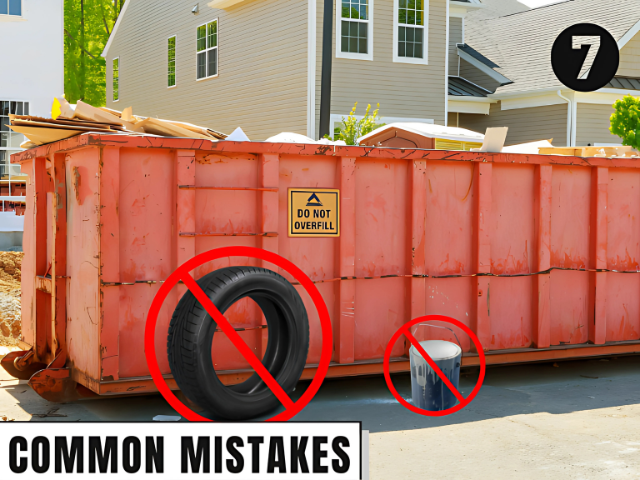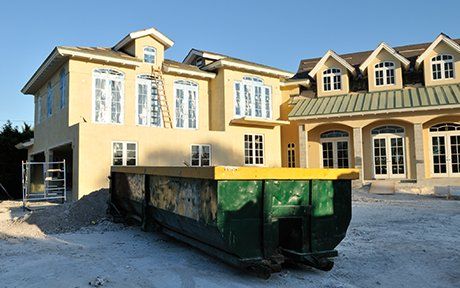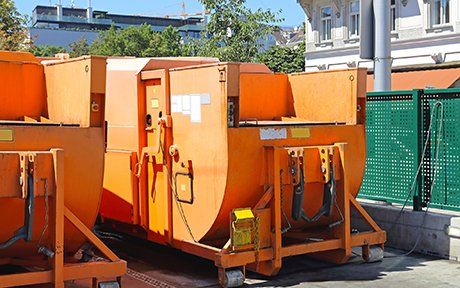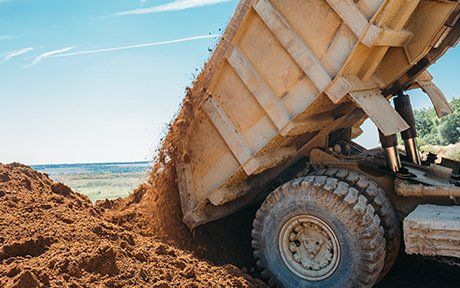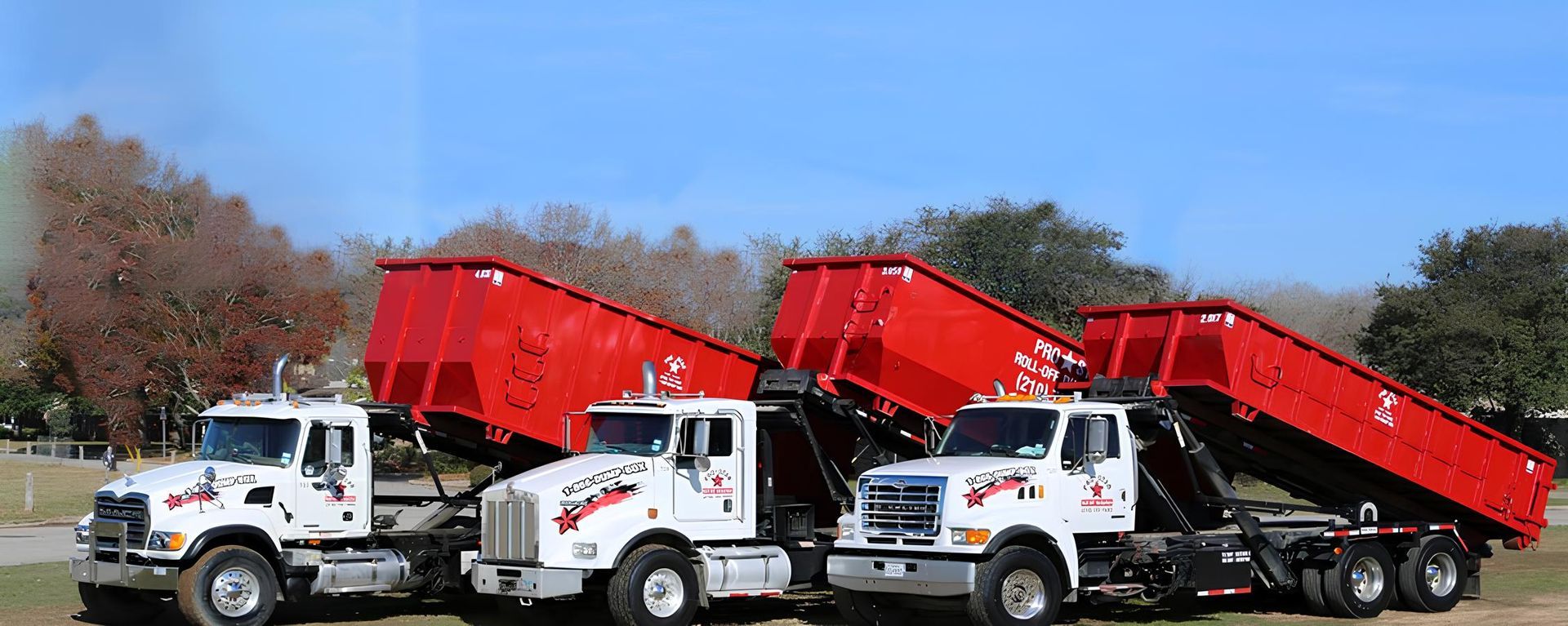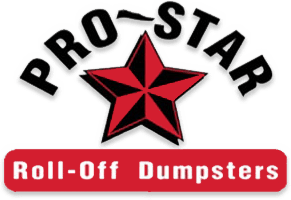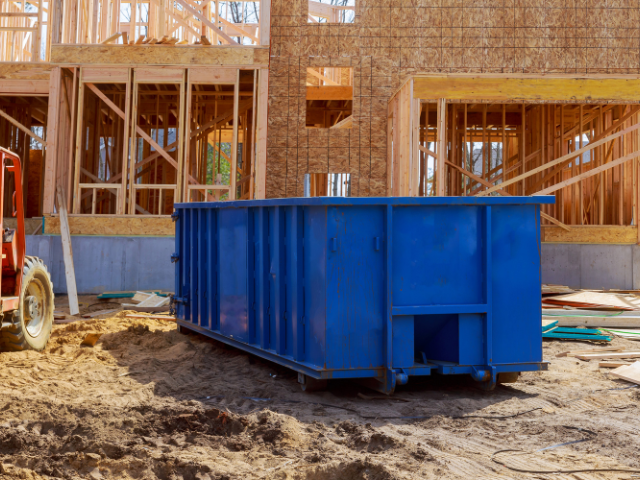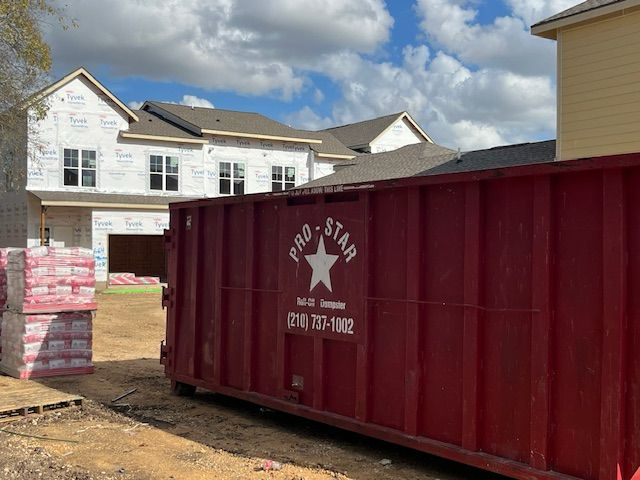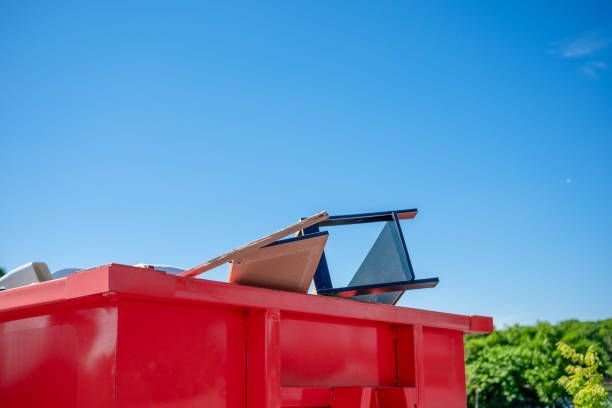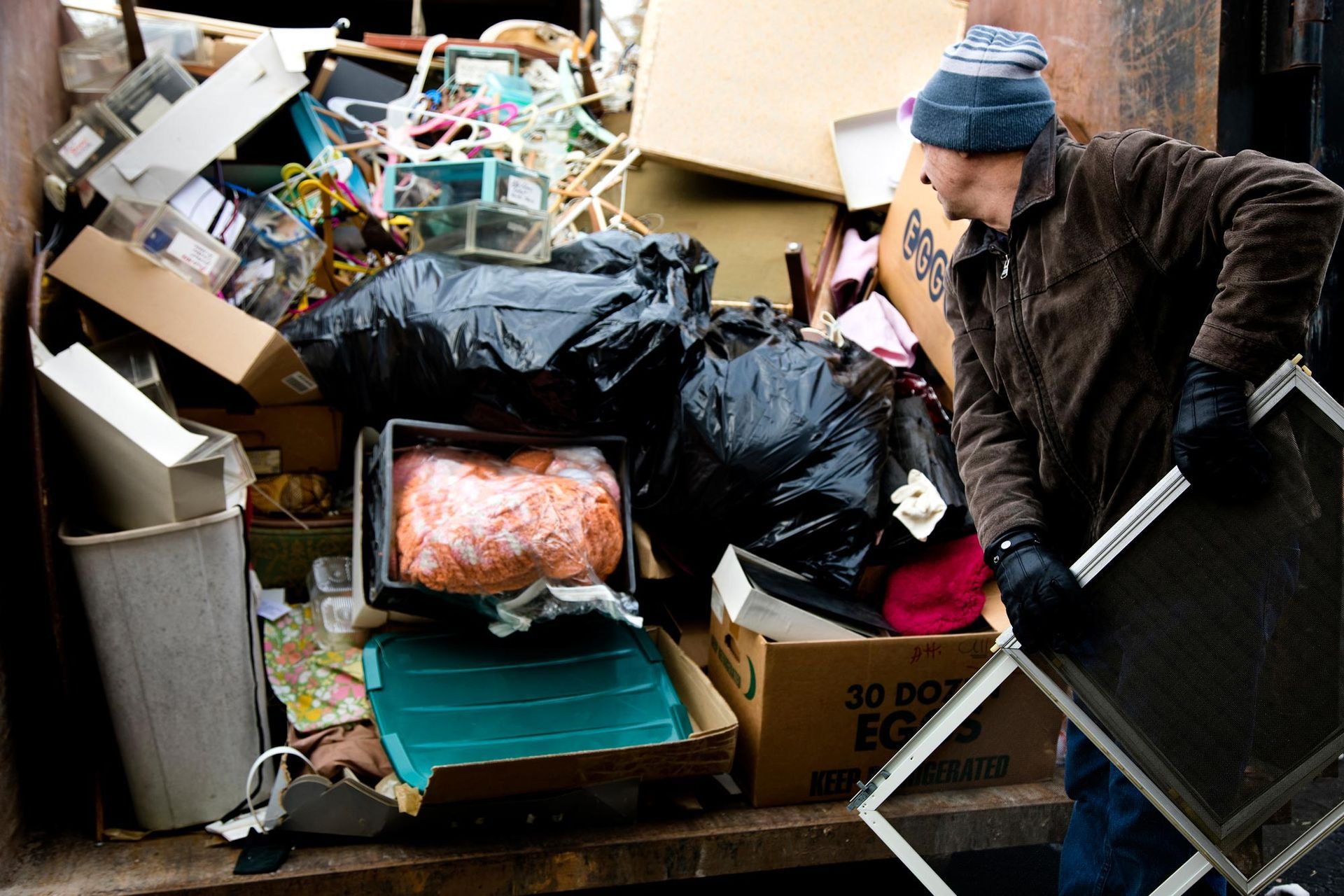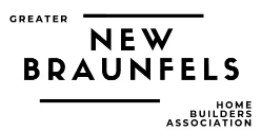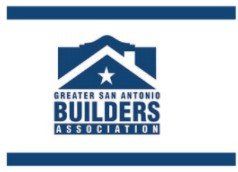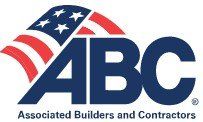Big Dumpster & Short People: Tips for Easily Disposing of Junk
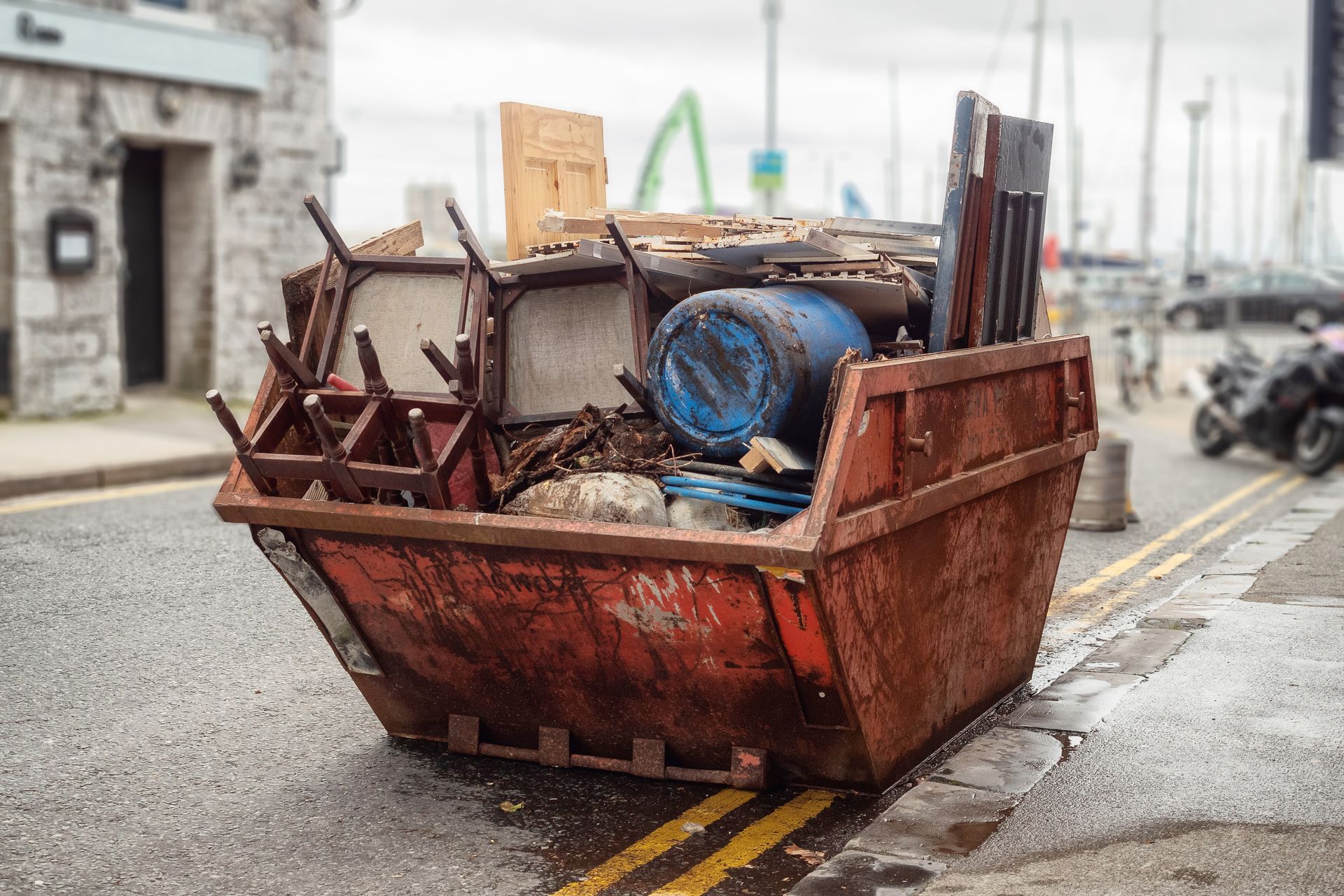
As a short person, you may have limitations when doing construction projects and other things around the house. Thankfully, the construction world is aware of this and there are multiple solutions to help eliminate height as a factor when considering how to complete various projects.
Renting a roll-off dumpster for a project makes a clean-up a breeze, but the tall structure of a dumpster may present issues for filling or reaching the top easily. As you consider a dumpster rental, learn about the various ways to access a dumpster as a short person.
Ideas include additional rentals, dumpster features, and a few tools for easy-reach capabilities.
Open Doors
At first glance, a roll-off dumpster may look like a giant steel box, but look closer and you'll discover the large steel door on one of the ends. Open the steel door during your rental period to have walk-in access to the dumpster.
For short people, the steel door acts as a way to easily access the dumpster without straining to reach over the side. At the start of a project, carry items in with ease and limit the amount of strain you feel while putting stuff inside.
The door access also makes it easy to organize items as they are placed inside. Stack items to save space. Once the dumpster gets about half filled, shut the door and consider other ways to access the inside without straining your body.
Ladder Sections
A majority of dumpsters include built-in ladders around various sides. The ladders provide easy ways to climb up and get a clear look at the dumpster. You do not need to go on tip-toes or struggle to peer over the edge with the use of the ladder sections.
The ladders also help when loading items in with a partner. You can easily stand on the ladder while someone hands you an item and then toss the item in without too much extra strain.
Step Platforms
For something more stable than the ladder, consider an additional rental like a step platform. These platforms are made specifically for construction purposes. The steel design features a section of steps followed by a raised platform. Multiple legs provide strength and stability while you stand on it.
There is no need to worry about balance and using too much agility while on the platform. The raised area gives a short person the extra height needed to easily reach inside of the dumpster. Wide stairs on step platforms make it easy to carry items to the top of the platform and toss them right into the roll-off dumpster.
Push the platform as close to the dumpster as possible for the best results.
Claw Scoops
As a short person, you may also have short arms which makes reaching the dumpster edge hard in certain circumstances. While larger pieces like wood and drywall can easily be tossed over the top, other items may be harder to get over if you do not have the proper height.
One way to help is with a claw scoop. Remember the old grabber toys we had as children? Well, a claw scoop is essentially an adult version of this and was made specifically for construction projects.
Scoop up small items like nails, lawn debris, and shingles using the extended handle of the claw. Once the claw is full, easily reach the device over the dumpster and release the contents on the inside. The extended size of the claw helps your body reduce strain and makes clean-up a lot easier.
Contact us at Pro-Star Roll-Off Dumpsters to find the ideal dumpster rental for your needs.
